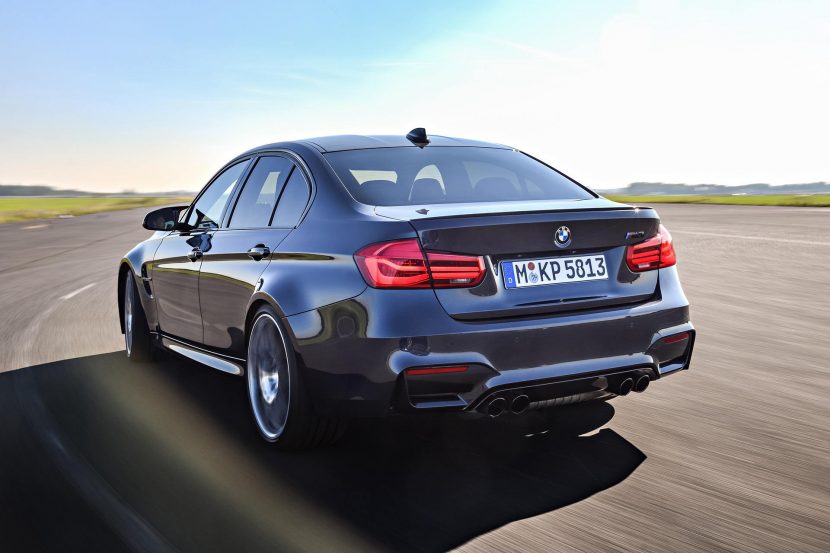BMW or not, you’re obviously not going to buy a rear-wheel-drive car for its abilities in the snow where traction becomes an issue. That said, many people drive their tail-happy vehicles even in the cold season, as is the case with YouTuber Tommy L Garage. He happens to own not only a BMW M3 F80 with a manual gearbox but also a Tesla Model Y. As you’re about to see, the electric crossover proved to be quite useful in this test.
The YouTuber wanted to find out whether his previous-generation M3 could climb that relatively small hill in his driveway. Equipped with fresh winter tires, the sports sedan completed the job with no issues whatsoever. The test was then redone, but from a standing start right in the middle of the driveway. After numerous unsuccessful attempts, which included putting his father-in-law in the trunk for added weight, Tommy eventually gave up.
To pull out the stuck BMW, an all-wheel-drive Model Y equipped with all-season tires came to the rescue and effortlessly towed the stranded M3. Much like the BMW, the mid-engined Porsche Cayman with its RWD layout also failed to complete the test. Somewhat surprisingly, his father-in-law’s 2017 Hyundai Tucson featuring a front-wheel-drive setup and running on worn all-season tires managed to climb up the driveway.

Putting the M3 in second gear might have done the trick, and we’re fairly certain proper winter tires (with studs) would’ve allowed the high-performance BMW to pass the uphill snowy test with flying colors. As most of you know, the current M3 (G80) is available with all-wheel drive for the first time ever, so we’d wager an xDrive-equipped model would’ve fared significantly better from a standing start.
Climbing a slippery incline during the winter is no easy task for a vehicle that sends power only to the rear wheels, but that won’t stop sports car owners from enjoying their prized possessions even in these unfriendly conditions. Of course, not all winter tires are the same and we should point out that width is also important. Narrow tires generally perform better in a harsh winter environment by offering increased surface pressure against the road.
[Source: Tommy L Garage / YouTube]




































































